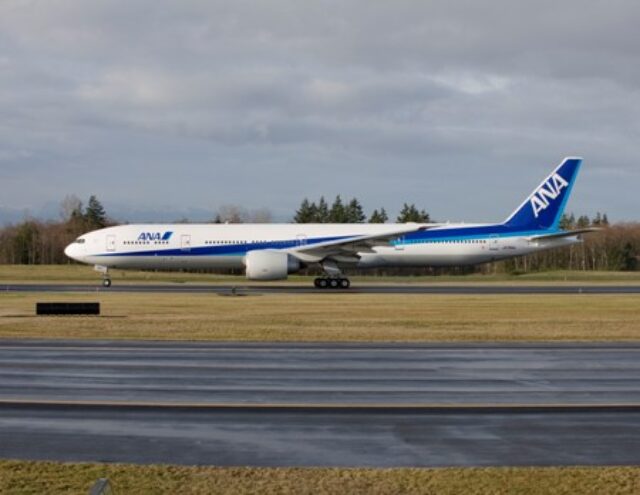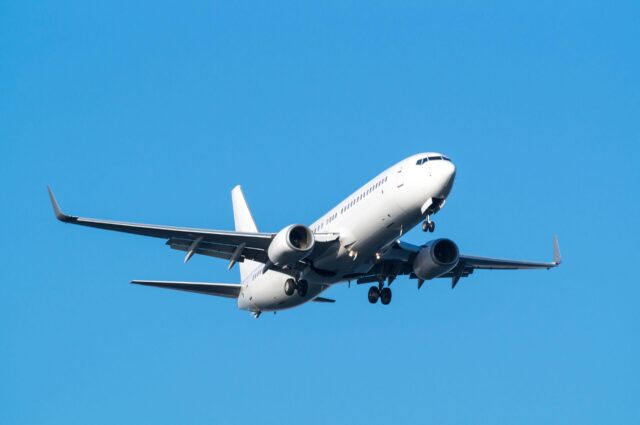NTSB issues urgent safety recommendations after 737 ‘stuck’ rudder incident

The US National Transportation Safety Board has issued urgent safety recommendations to Boeing and the Federal Aviation Administration in response to the potential for a jammed or restricted rudder control system on some 737 aircraft.
The NTSB notice stems from a February 6 incident in which the rudder pedals on a United Airlines Boeing 737-MAX 8 were “stuck” in their neutral position during the landing rollout at Newark Liberty International Airport.
The captain used the nosewheel steering tiller to control the aircraft’s direction after landing, with no damage to the plane or injuries to the 155 passengers and six crew members.
NTSB investigators examined a key rudder control component from the aircraft involved in the incident, a rollout guidance actuator, at the manufacturer’s facility, Collins Aerospace. When tested in a cold environment alongside a similar unit from another aircraft, both actuators displayed significantly reduced functionality.
The investigation revealed moisture inside both actuators, which failed the cold-weather tests. Collins Aerospace later confirmed that a sealed bearing in the actuators had been incorrectly assembled during manufacturing, exposing the unsealed side to moisture that could freeze and restrict rudder movement.
Collins notified Boeing that more than 353 actuators that Collins had delivered to Boeing since February 2017 were affected by this condition.
The rudder rollout guidance actuator, which is installed in the tail of some B-737NG and 737MAX planes, is designed to control the rudder’s movement during category IIIB approach, landing and rollout operations. Although it is not used in non-precision landings, the actuator remains mechanically engaged with the rudder system.
The NTSB has recommended that Boeing “determine appropriate flight crew responses besides applying maximum pedal force” for such situations in flight or during landing. The NTSB also recommended that Boeing notify flight crews operating 737s with affected actuators that the rudder control system can jam due to moisture that has accumulated inside the actuators and frozen.
Additionally, the NTSB recommended that the FAA determine if actuators with incorrectly assembled bearings should be removed from airplanes, and if so, to direct U.S. operators to do so until replacements are available.
The NTSB also recommended that, if the FAA determines the affected actuators should be removed, notify aviation regulators in other countries that oversee operators of B737 airplanes and encourage them to require removal of the affected actuators until replacements are available.
Boeing has said it is reviewing the recommendations from the NTSB.
















